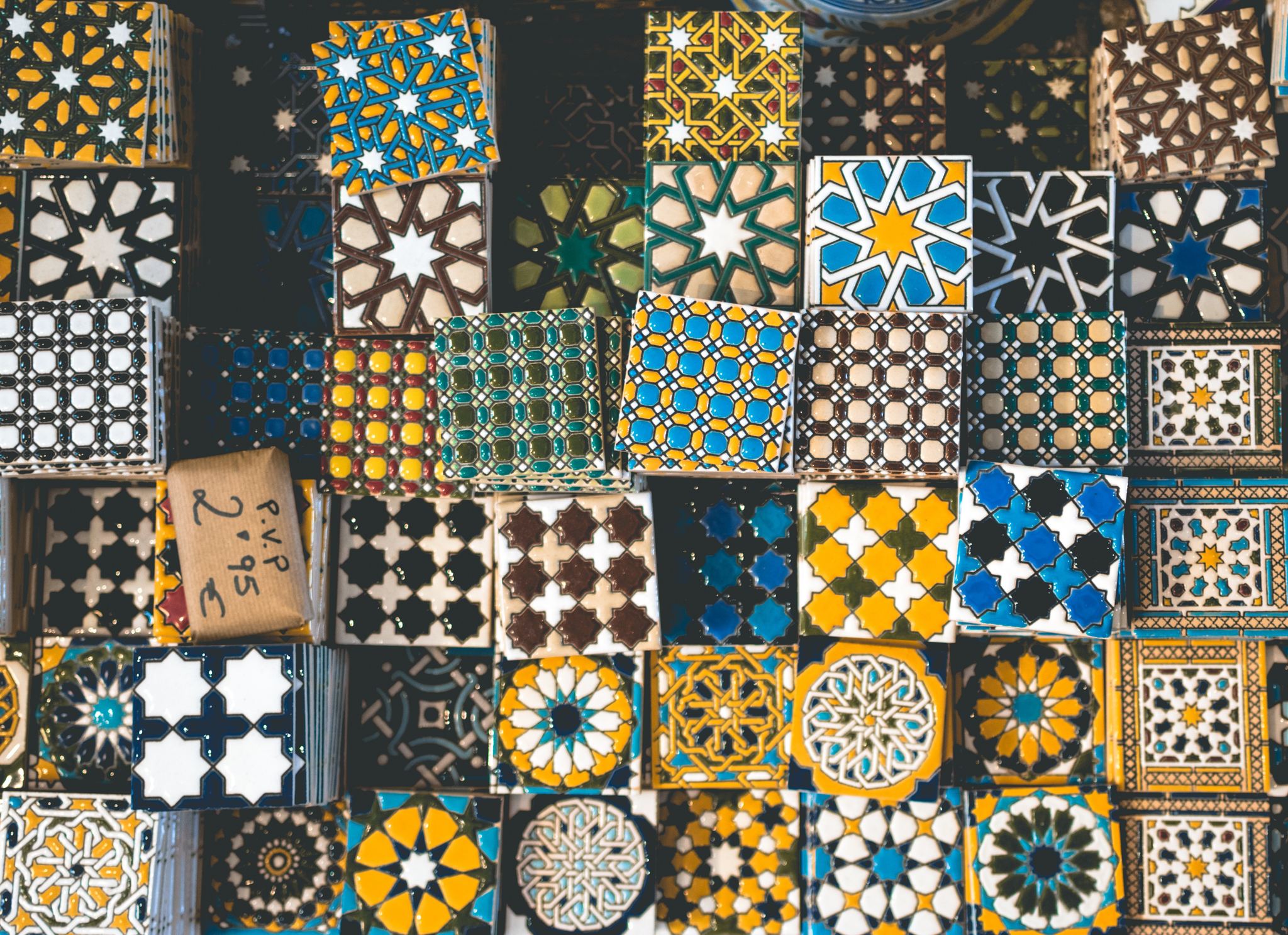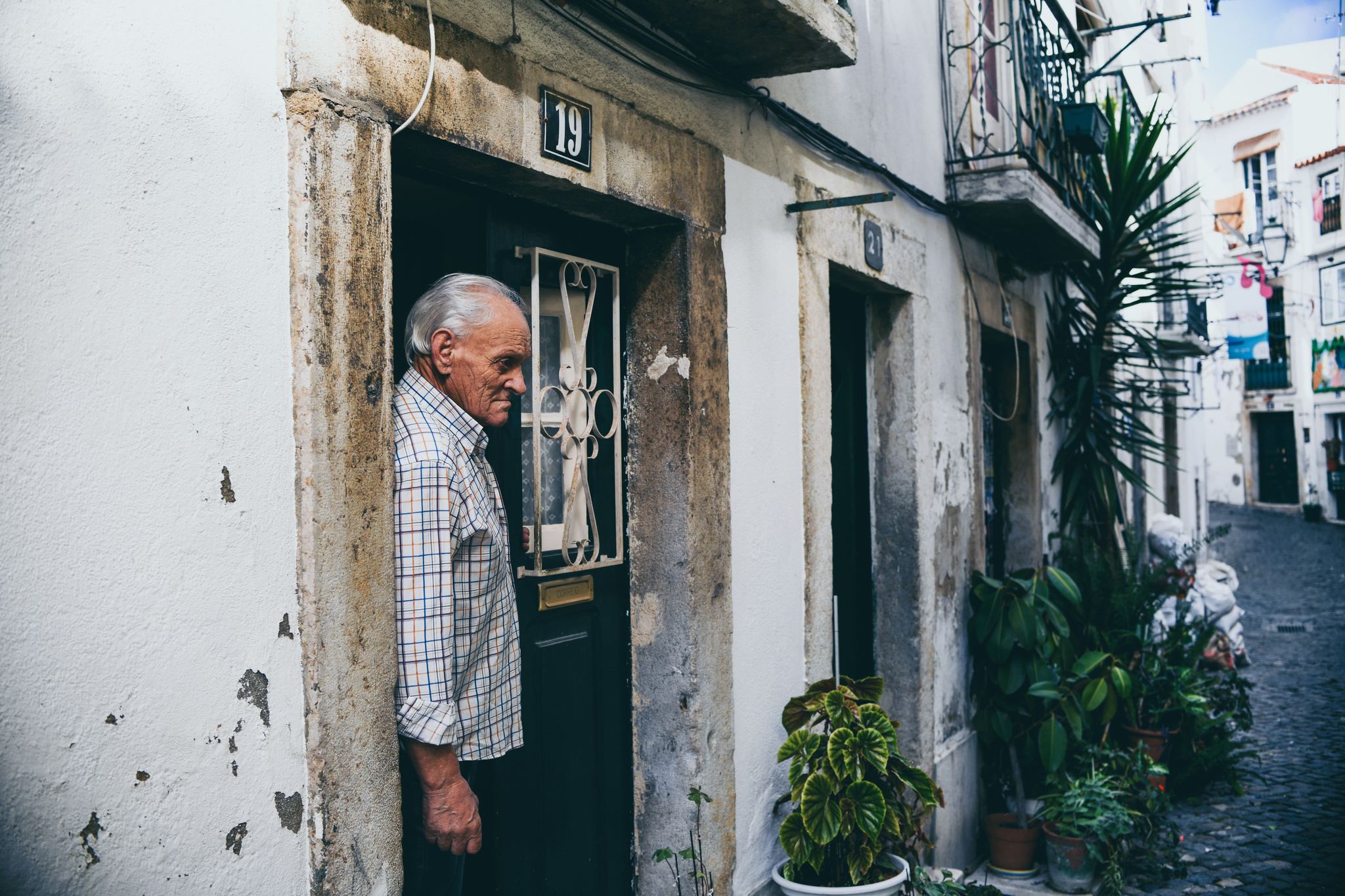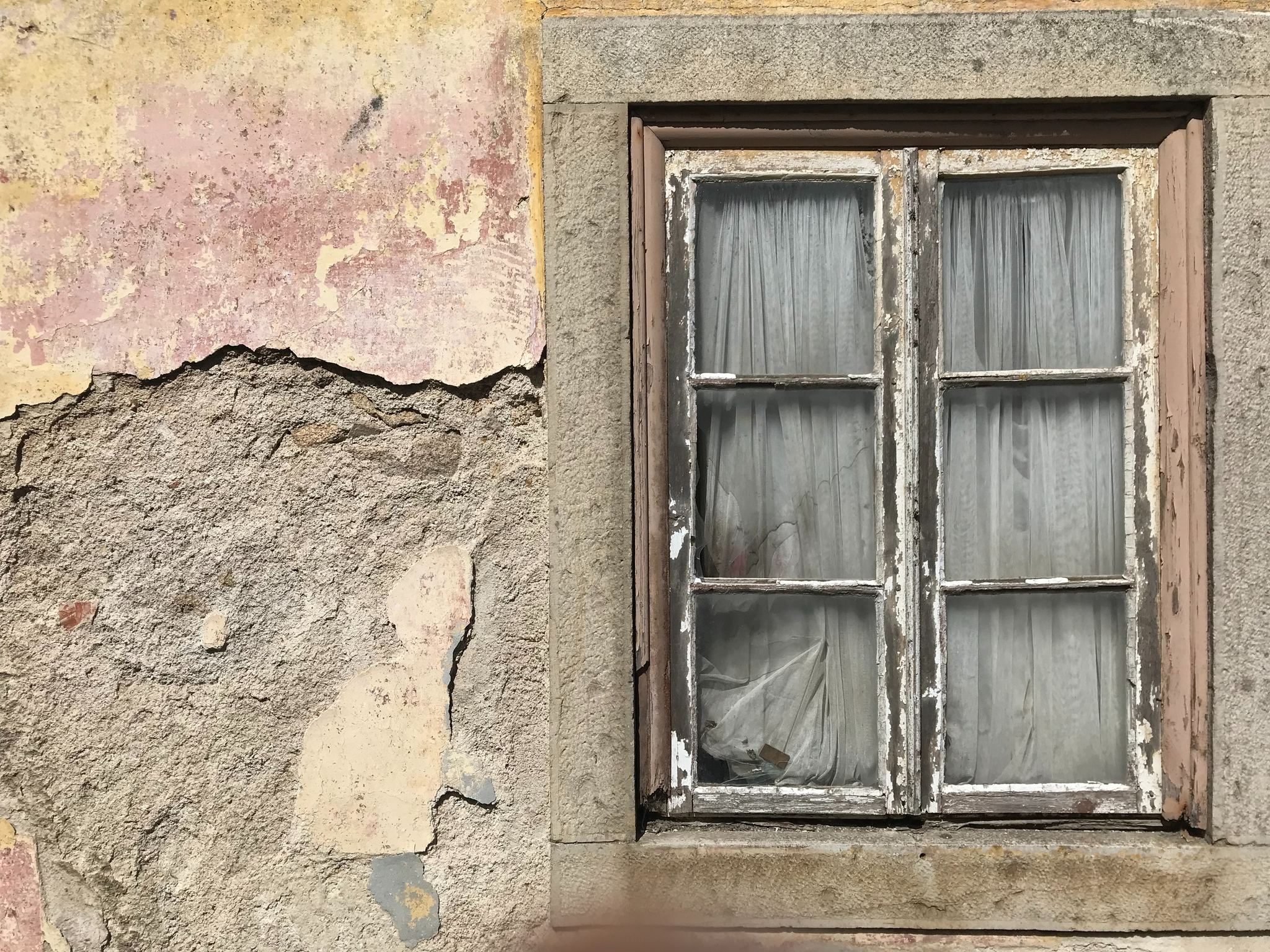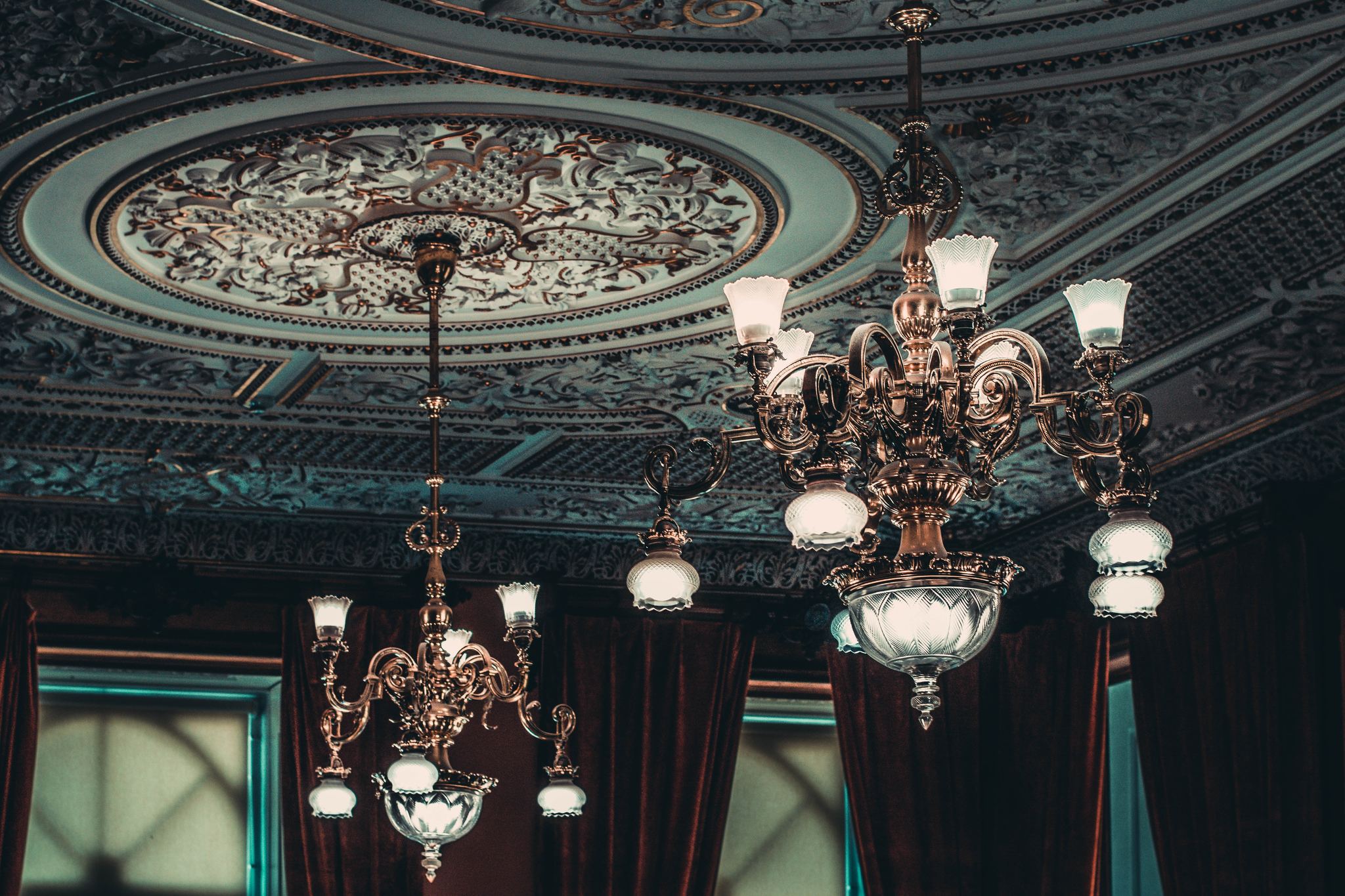-

Culture
Portugal’s unique culture has stemmed from a variety of its many historical influences. Its presence is everywhere, from villages made of schist in the Serra da Estrela mountains to the people’s manner of polite woefulness emanating from its potent history that was filled with invasions, lost voyages and strict dictatorships. Our experiences offer a glimpse into Portugal today.
-

Saudade
A country content with their discontentment, Saudade is the untranslatable feeling of ‘joyful sadness’ and very much at the core of Portuguese culture. An emotion that’s possible to be felt for a person, a country or a point in time and expresses a longing for, or missing, resulting in a feeling of polite melancholy. Some say it is the overhang from the country’s seafaring days of discovery when loved ones would often be away or lost overseas – we experience our own version of Saudade each time we wave goodbye to our visitors.
-

Fado
Fado is soulful, haunting and ever present in Lisbon’s historical districts of Alfama and Mouraira, or in the Northern University town of Coimbra. The bohemian art form which was born from the Moorish occupation expresses the struggle felt by the working-class in these districts and consequent feelings of Saudade. A unique experience that can’t be missed, you’re sure to catch a sample of its woeful echoes whilst wandering through the streets of Lisbon’s historic districts.
-

Harvest Season
The Douro is said to be the oldest demarcated wine region in the world. The traditional grape harvest here which takes place in just 3 weeks is a test of endurance, but live music played in the wineries creates a cheerful and communal atmosphere. For those who are happy to lend a helping hand, the Quintas are sure to charge your glasses with Douro wine or port, and what’s more, you can take home a bottle which truly represents the ‘fruits of your labour.’
-

Historic Villages
Where small stone cottages sit between granite rock formations in Monsanto and white chapels stand out from the verdant valley surroundings in Piódão, each of the 12 historic villages scattered around the Serra da Estrela are completely unique. Here we suggest taking in as many of these villages as you can, either on foot, by way of a trekking itinerary organised with a guide, or by car. The region offers one of Portugal’s top rural cultural experiences.
-

Calouste Gulbenkian
Located on the outskirts of central Lisbon in Gulbenkian park is an astounding collection of private art featuring some 6,000 pieces which were collected by Calouste Gulbenkian. Gulbenkian, known as ‘Mr 5 percent’ for holding a standard 5 percent of the companies he financed, built up his collection as he travelled throughout Europe and the Middle East. You can find famous names such as Rubens, Rembrandt and Turner sitting alongside ancient Islamic, Greco-Roman and Egyptian pieces.
Subscribe to the “Epic edit”
Join the mailing list for our newsletter.